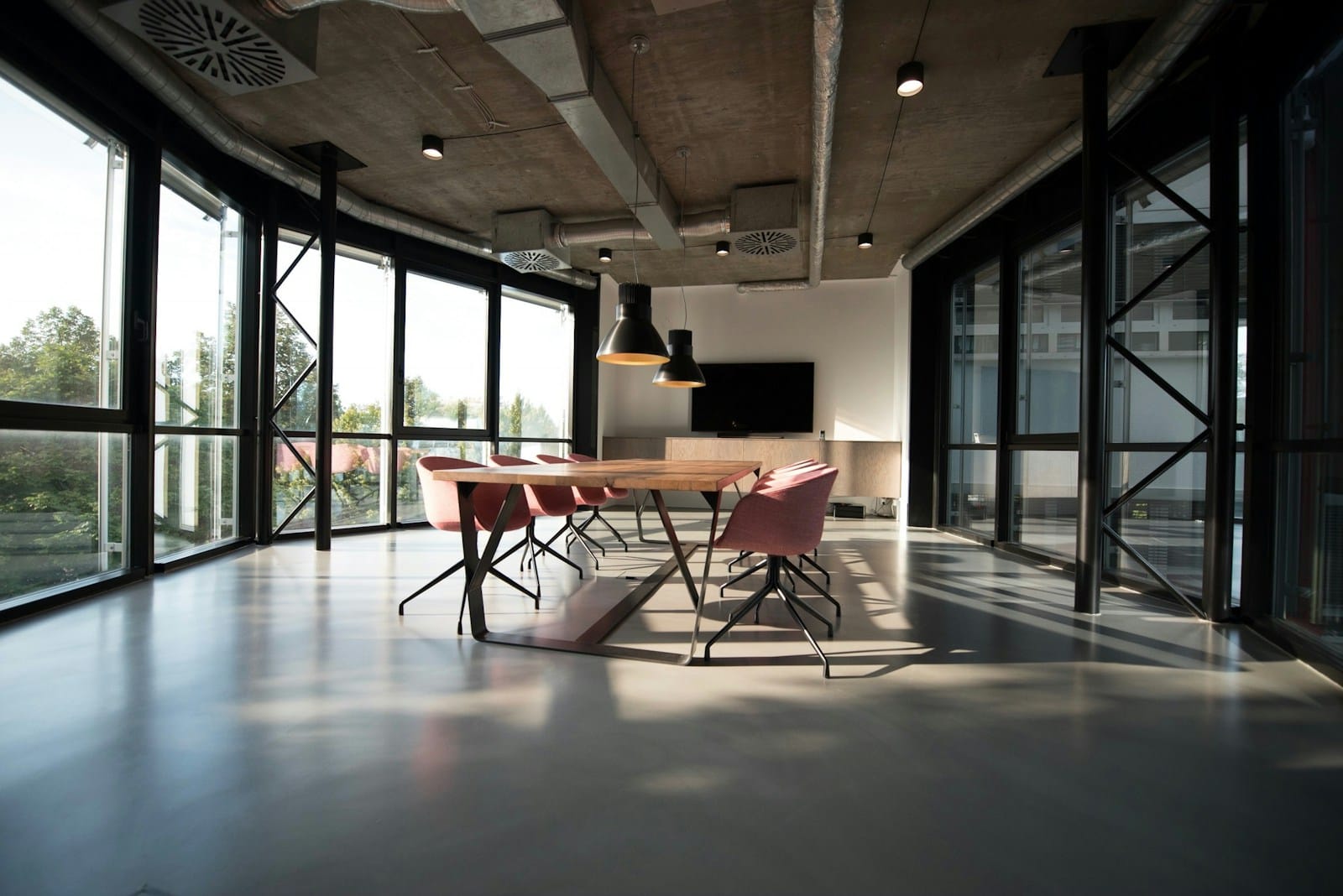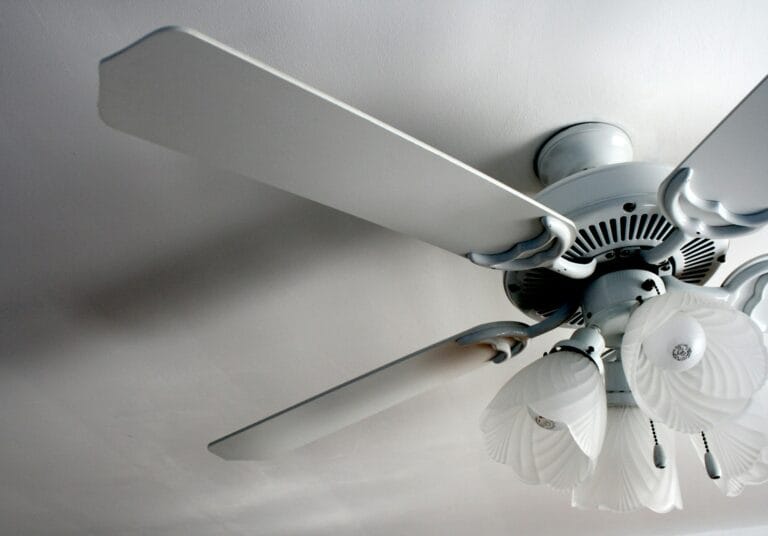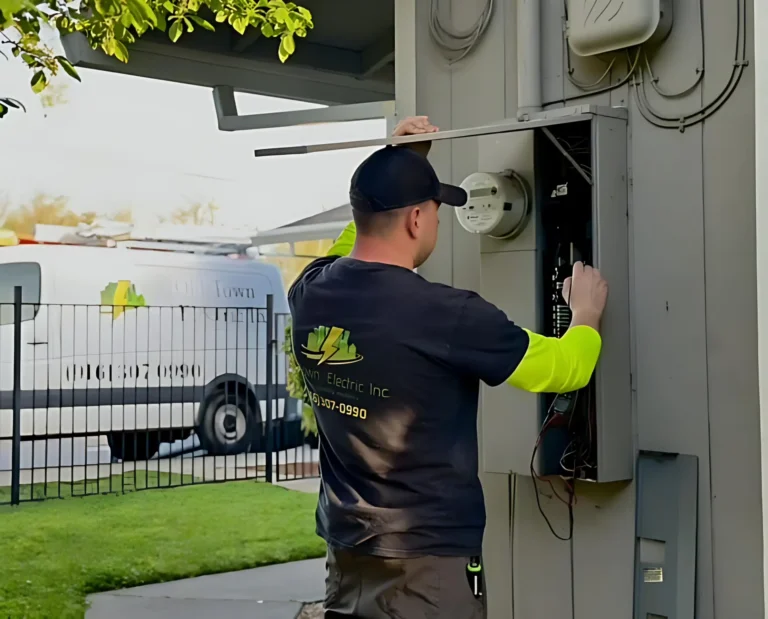If you manage an office building in Sacramento, you’ve probably had that moment: everything running smoothly, then out of nowhere the lights flicker, the computers die, and the entire floor goes quiet. Phones stop ringing. Employees stare at blank screens. Productivity? Gone.
Power interruptions in office buildings aren’t just annoying. They’re expensive. They derail meetings, corrupt data, and in some cases, damage equipment you paid thousands for. And the frustrating part is this, most of these interruptions never needed to happen in the first place.
I’ve worked as an electrician around Sacramento for years. Midtown offices, high-rises near J Street, business parks in Natomas, I’ve been in all of them. The problems repeat themselves. Aging panels. Neglected maintenance. Backup systems that were installed but never tested. And every time, the cost of fixing the mess dwarfs the cost of preventing it.
Table of Contents
Why Office Buildings Around Sacramento Lose Power
Let’s talk root causes before jumping into solutions.
- Old infrastructure. A surprising number of Sacramento offices still run on panels from the ’70s or ’80s. That’s like asking a flip phone to run modern apps.
- Heat waves. When it hits 105° in August and HVAC units roar all day, the electrical load skyrockets. That strain is when weak spots snap.
- Construction growth. With all the new development downtown and in Natomas, strain on local transformers and circuits is real. Offices nearby feel the ripple effects.
- Ignored systems. Electrical is often out of sight, out of mind. Until the breaker trips mid-workday.
Bottom line? Sacramento’s weather, growth, and aging stock of buildings make power interruptions a real threat.
Start with Regular Electrical Inspections
In my experience, this is the one step almost everyone skips. If nothing looks wrong, people assume everything is fine. But an electrical system doesn’t give you warnings you can see — it gives you warnings a trained eye can catch.
During inspections, we check:
- Breaker performance and signs of overheating
- Wiring condition (older cloth-wrapped insulation is a fire waiting to happen)
- Proper load distribution
- Surge protection readiness
- Backup systems that look fine but haven’t been tested in years
I once checked a building off Fair Oaks Blvd where the main panel lugs were barely hanging on. One more hot day and the whole panel would’ve failed. That single inspection probably saved them weeks of downtime.
Outdated Panels Are Silent Trouble
Truth is, panels don’t last forever. If your building’s still running on the same box it had when Ronald Reagan was governor, you’re gambling.
Modern office spaces demand more power: servers, charging stations, video conferencing gear, even EV chargers in the garage. Old panels weren’t designed for that. They overheat, trip, or worse, fail completely.
For one Midtown law office, we replaced a 125-amp panel with a 400-amp system. They went from weekly breaker trips to smooth sailing, even during the peak of July. It wasn’t cheap, but compared to lost billable hours? A bargain.
Whole-Building Surge Protection Isn’t Optional
Here’s the thing, Sacramento doesn’t see Florida-style lightning storms every week, but surges happen constantly. Grid fluctuations, transformer issues, even a nearby business kicking on heavy machinery can send a spike through your system.
I’ve seen offices lose servers worth tens of thousands because they skipped surge protection. Installing a whole-building system is relatively inexpensive. And it covers more than computers: HVAC controls, security systems, Wi-Fi gear, all of it stays safe.
Think of it as an insurance policy you control.
Backup Power That Actually Works
Every office manager nods when you ask if they have a generator. But when’s the last time it was tested? Fuel checked? Battery maintained?
A business park in Natomas found out the hard way. Their generator hadn’t been touched in years. When a storm knocked out power, tenants sat in the dark while the generator coughed and quit. Two days of downtime later, the “savings” from skipping maintenance looked pretty silly.
The real solution is layered backup:
- UPS units for short outages, servers and phones stay online long enough to bridge the gap.
- Properly maintained generators for longer hits, keeping HVAC and full building power until the grid stabilizes.
Don’t just install them. Put testing dates on the calendar.
Load Management: The Overlooked Fix
Not every interruption comes from outside. Sometimes the problem is right inside the building, too much demand at once.
I’ve seen tenants plug in space heaters at every desk during a cold snap, and by 10 AM the panel was begging for mercy. Same in summer when every suite’s AC fights to cool down west-facing windows.
Load management helps prevent that. That means:
- Balancing circuits properly
- Upgrading to energy-efficient systems
- Using smart meters to track spikes
- Staggering high-demand operations where possible
SMUD even offers incentives for efficiency upgrades. I always tell property managers: take the rebate, cut your bill, and reduce your outage risk. Win, win, win.
Sacramento’s Seasonal Challenges
Sacramento isn’t just about summer heat. Winter storms bring wind and heavy rain. Flooding is always a concern near the rivers.
Here’s what I recommend locally:
- Trim trees near power lines before winter storms hit.
- Seal all outdoor conduits and panels, water intrusion wrecks gear fast.
- If your office is near the American River, elevate critical systems in basements.
One downtown office I worked on had water seep into a panel room during a January storm. The repairs cost more than the original installation. Prevention would’ve been a fraction of the price.
Real Example: Midtown Sacramento Office
Earlier this year, I got a call from a three-story office on 21st Street. Tenants were furious, breaker trips every other day, sometimes in the middle of video depositions.
We found:
- A panel nearly 50 years old
- Circuits overloaded past their design
- No surge protection anywhere
We upgraded the system, rewired problem spots, and installed whole-building surge protection. Since then? Zero interruptions, even during the July heat wave. The property manager said it was the first summer in years without emergency calls.
The Math: Prevention vs. Outage Costs
People sometimes hesitate at the upfront cost. But stack it against downtime, and it’s a no-brainer.
| Item | Preventive Cost | Interruption Cost |
|---|---|---|
| Inspection | $300–$500 | $10,000+ repairs from missed issues |
| Surge protection | $500–$1,500 | $20,000+ in equipment loss |
| Panel upgrade | $2,500–$8,000 | $50,000+ downtime + repairs |
| Generator upkeep | $500/year | Thousands per hour in lost revenue |
If you ask me, the numbers speak for themselves.
Quick Checklist for Sacramento Office Managers
- Book annual inspections.
- Replace panels older than 25 years.
- Install surge protection across the building.
- Test backup power quarterly.
- Monitor loads and balance demand.
- Prep for Sacramento’s heat and winter storms.
Stick to that, and your odds of a surprise shutdown drop fast.
Takeaway
Power interruptions aren’t random acts of fate. They’re predictable, and preventable.
Sacramento office buildings face unique challenges: extreme heat, storm seasons, aging infrastructure. But with inspections, upgrades, surge protection, and tested backups, you can stay ahead of the curve.
I’ve seen both sides. Offices that treat electrical as “set it and forget it” spend big when things go wrong. Offices that invest in prevention? They keep working while everyone else scrambles.
If you’re a Sacramento property manager or business owner and you don’t want to gamble with outages, call Old Town Electric. We know these buildings. We know the weather. And we know how to keep your power steady.
Contact Old Town Electric today for expert office electrical services in Sacramento.



